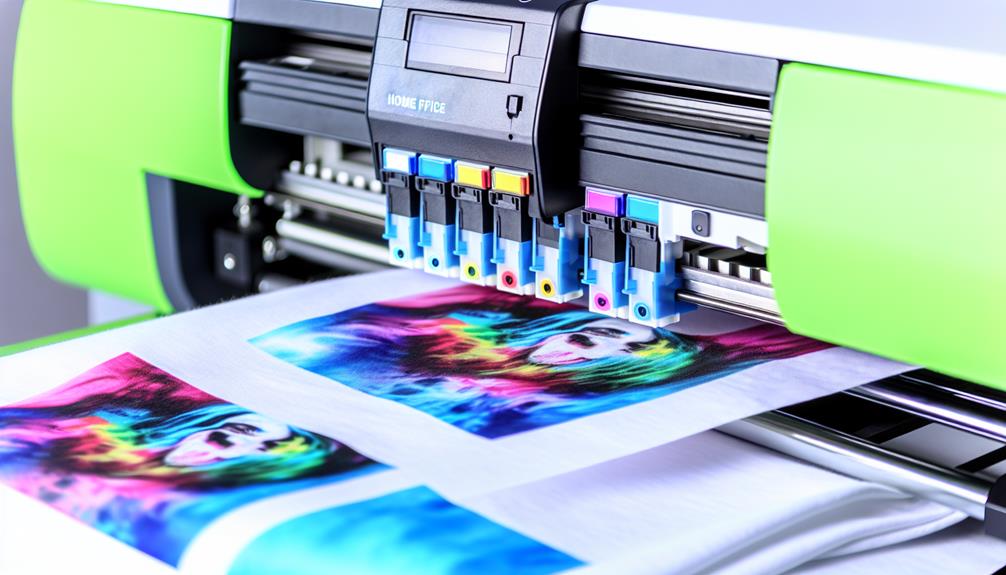
Step-by-Step Guide to Creating Stunning DTF Prints
Introduction
Creating stunning DTF (Direct to Film) prints is DTF a popular choice for those looking to customize apparel, merchandise, and various fabric items. With the rise of heat transfer printing technologies, DTF printing offers vibrant colors and intricate designs that can be applied easily on DTF Prints different surfaces. This guide will walk you through the entire process of creating beautiful DTF prints, from understanding the basics to advanced techniques. So grab your materials and let’s dive into this step-by-step guide to creating stunning DTF prints!
What is DTF Printing?
DTF printing stands for Direct to Film printing, a relatively new technique in the world of custom apparel decoration. It involves printing designs onto a special film using a direct-to-film printer. The printed film is then transferred onto fabric using heat and pressure.
How Does DTF Transfer Work?
The DTF transfer process essentially involves three main steps:
This method allows for greater detail and color vibrancy compared to traditional methods like screen printing.
Why Choose DTF Transfers?
When it comes to choosing a printing method, you might wonder why you should opt for DTF transfers over other techniques like screen printing or heat transfer vinyl.
- Versatility: Suitable for various fabrics, including cotton, polyester, and blends.
- Quality: Produces high-resolution images with rich colors.
- Durability: Offers excellent washability and longevity.
- Ease of Use: Simple application process compared to other methods.
Step-by-Step Guide to Creating Stunning DTF Prints
Now that we’ve covered the basics of DTF printing, let's delve into our step-by-step guide to creating those stunning prints.
Step 1: Gather Your Materials
Before diving into any creative project, having all your materials ready is essential. For DTF printing, you’ll need:
- A Direct to Film printer
- Specially coated transfer films
- Eco-solvent or water-based inks
- Hot melt adhesive powder
- Heat press machine
- Cutting software (like Adobe Illustrator or CorelDRAW)
- Apparel or fabric items for transfer
Step 2: Design Your Artwork
Creating eye-catching artwork is crucial in producing stunning DTF prints. Here are some tips:
Design Software Recommendations
Some popular design software options include:
- Adobe Photoshop
- Adobe Illustrator
- CorelDRAW
- Inkscape (free option)
Step 3: Print Your Design on Film
Once your design is ready, it’s time to print! Follow these steps:
Step 4: Apply Adhesive Powder
After successfully printing your design on the film, it's time for the next critical step—applying hot melt adhesive powder:
Step 5: Cure the Design
Curing solidifies your design by melting the adhesive powder into place:
Step 6: Prepare Your Fabric Item
While curing takes place, prepare your fabric item by ensuring it’s clean and wrinkle-free.
Step 7: Transfer Your Design onto Fabric
With everything prepared, you're ready to transfer:
Step 8: Peel Away Film Backing
Once cooled slightly but not completely cold:
Step 9: Final Cure Process
For added durability:
FAQs About DTF Printing
What fabrics can I use with DTF transfers?
DTF transfers work well on various fabrics such as cotton, polyester blends, nylon, leather, and more!
What’s the difference between DTF and DTG printing?
While both are used for garment decoration, DTG (Direct-to-Garment) involves direct inkjet printing on fabric without transferring through film whereas DTF uses a separate film layer.
Can I use my home printer for DTF printing?
No; you'll need a specialized direct-to-film printer designed specifically for this type of work.
How durable are DTF prints?
When applied correctly using recommended processes, they can last through numerous washes without fading or cracking.
What kind of inks should I use?
Use eco-solvent or water-based inks specifically intended for use with direct-to-film printers for best results.
Are there any limitations with designs?
Not particularly! You can create intricate designs with gradients and shading just like traditional screen prints.
Conclusion
In conclusion, following this step-by-step guide will help you create stunning DTF prints that stand out wherever they’re showcased! With just some practice and experimentation under your belt along with quality materials—you're bound to achieve professional-grade results every time! So get started today and unleash your creativity! Happy Printing!